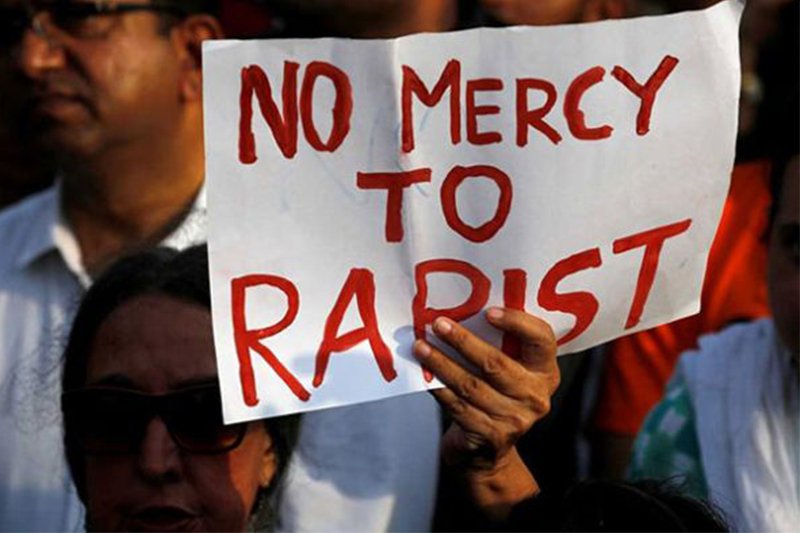Rajeev Mantri
The sight of the burning towers from September 11, 2001, remains seared in public memory, even two decades after the ghastly terrorist attack. The events of 9/11 marked both a culmination of old as well as an inception of new geo-strategic currents.
India had been besieged by a Pakistan-sponsored terrorist insurgency in Kashmir since 1989. The Islamic terror wave, however, simply wasn’t treated with the seriousness it merited internationally. While India wrestled with terrorism, leaders of the Western power bloc such as the US and UK — closely allied as they were with Pakistan, the ultimate perpetrator of cross-border terror — conveniently underplayed the issue.
But 9/11 forced the end to this pretension and laid bare the ideological fanaticism that was the driving force for Islamic terrorist groups. Even then, Pakistan remained an important, if untrustworthy, US ally for the war on terror that commenced in the aftermath of the 9/11 attacks. In 2011, Osama bin Laden was eliminated by US forces on Pakistani soil, not far from the Pakistan Army’s officer training academy. Fast forward 10 more years, and Pakistani security mandarins are publicly complaining about how President Joe Biden has not called their prime minister.
Simultaneously, the two decades since 9/11 have seen a sea change in India-US relations. While the foundation was constructed in the aftermath of the Pokhran nuclear tests, with President Bill Clinton’s India visit in 2000 marking the turning point, 9/11 was an important catalyst in bringing India and the US closer. Critically, unlike Pakistan, India has never offered itself as a client state to any country, and the India-US relationship has been progressing as one between partners.
India faced two abominable terror strikes shortly after 9/11 — the December 13 attack on Parliament was followed by the Kaluchak massacre on May 14, 2002, when 31 people, including 10 children and 8 women from the families of Indian soldiers were killed by three Pakistani terrorists. But India never really imposed costs on Pakistan despite such grave provocation. Even in the aftermath of the heinous 26/11 Mumbai terror attacks in 2008, India elected to abide by what was dubbed “strategic restraint”.
In recent years, we have seen this euphemism consigned to the wastebin, as two factors changed domestically. First, there has been the emergence of resolute national leadership that has a strong democratic mandate to govern and concomitant political stability. Second, India’s economy has achieved high growth and acquired heft. On the back of these changes, India has expanded its military and diplomatic response options in the fight against cross-border terrorism, which the rest of the world has also recognised as a grave issue. Contrast India’s response to the events such as the Parliament terror attack, Kaluchak massacre and 26/11 Mumbai terror attack with the response seen after the 2016 Uri attack and 2019 Pulwama attack. In both the latter cases, India proceeded with conviction and confidence to assert itself and stand up for its interests, taking military actions that have reset the strategic calculus.
The economic shift in India, credited to the efforts of prime ministers P V Narasimha Rao and Atal Bihari Vajpayee, undergirds India’s rising influence in the world as well as the evolution of India-US relations since 9/11. One of the principal reasons the landmark Indo-US nuclear deal came together in 2008 was that the key members of the Nuclear Suppliers Group, otherwise committed to non-proliferation, wanted to participate in the nuclear trade in India.
It should be remembered that India’s economic success is a relatively recent phenomenon. In 1990, Pakistan’s GDP per capita (in constant 2010 US dollars) was $737, higher than both India and China. India led China and Pakistan in 1960, but three decades of anti-market, inward-looking economic policy bludgeoned the country’s potential. It was only in 2001 that India’s per capita GDP exceeded that of Pakistan, 36 years after Pakistan took the lead over India in 1965. Today, economic growth is attracting countries who want to invest in and trade with India, adding arrows to democratic India’s diplomatic quiver.
Opinion |C. Raja Mohan writes: Two decades after 9/11, the nation state remains robust
Whether it is geopolitics that is a driver of domestic economic shifts, or economic policy changes that reshape strategic relations is a question debated by scholars. In India’s case, where external pressures initially did push economic policy in a more draconian direction, one could venture that having exhausted all options, India took the path of liberalisation in 1991, perhaps a decade or two later than it should have. That delay extracted a big geopolitical price. Even the pause in reforms under the Congress-led UPA government, especially during the 2004-2009 period when the doctrinaire Communist parties wielded enormous influence, was very costly.
The last two decades have seen China decisively pull ahead of India. In 2000, the per capita GDP (in constant 2010 US dollars) for the two countries stood at $1,768 and $827, respectively. By 2019, China stood at $8,242 and India at $2,152.
The two decades since 9/11 have seen the world shift from unipolarity, with China emerging as the new pole challenging the US-led world order. The pandemic-induced economic and health crisis only accelerated those trends, with several countries realising that supply chain dependence on China is not desirable. India, too, has launched a range of reforms and policy changes to boost its share of manufacturing in economic output. China’s economic heft endows it with financial and military clout that few countries can counter or resist, and the likes of Pakistan are now eagerly becoming Chinese client states.
The years since 9/11 have seen radical shifts in geopolitics and the world economy. The coming decades could potentially see India take centrestage in world affairs, provided we imbibe lessons from the past and move faster on the path of economic liberalisation. Liberalisation isn’t necessary only for poverty alleviation and achieving prosperity, but arguably it is now the principal strategy for national security.

























